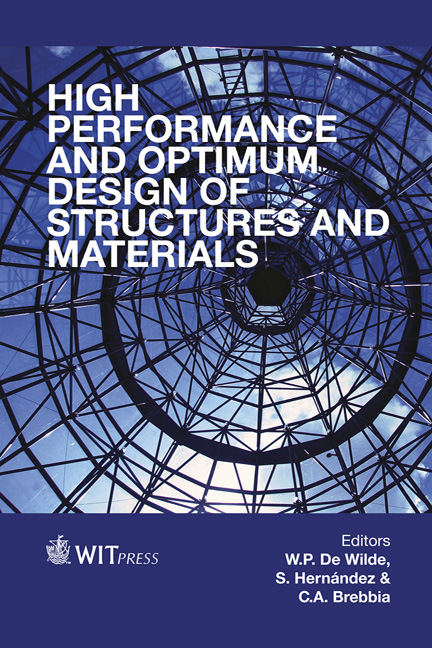The Application Of Differential Evolution To HVAC Optimization
Price
Free (open access)
Transaction
Volume
137
Pages
11
Page Range
407 - 417
Published
2014
Size
498 kb
Paper DOI
10.2495/HPSM140381
Copyright
WIT Press
Author(s)
R. W. Derksen & H. Guenther
Abstract
We examined the optimum window area, building aspect ratio and building orientation for an apartment building in two different locations: Winnipeg, Canada and Miami Florida. This application was based on a Python script program called the EnergyPlus analysis program and utilized Differential Evolution as the numerical optimization scheme. EnergyPlus is a whole building load and energy analysis program that is well understood and freely available on the internet. It can be used to both size equipment and perform annual energy analysis. It is widely used in the HVAC industry and has demonstrated a good track record. Differential Evolution is a genetic algorithm that is used to numerically find the global optimum of problems that can have continuous, integer, and discreet variables. It uses the existing population in a generation to determine mutation, and is purported to be faster than other genetic algorithms. The annual energy cost was used for the cost function of the optimization. We will discuss the requirements and issues involved with developing a Python based program called a stand-alone program. Additionally, we will present the results of this exercise as well and present a thorough discussion of the issues and potential pitfalls of this type of exercise. Keywords: HVAC, optimization, Differential Evolution.
Keywords
HVAC, optimization, Differential Evolution.





